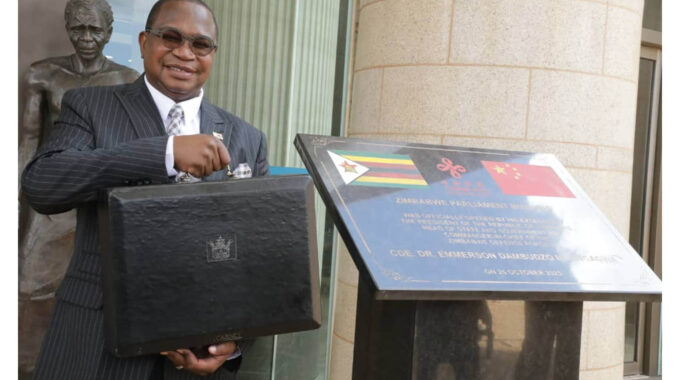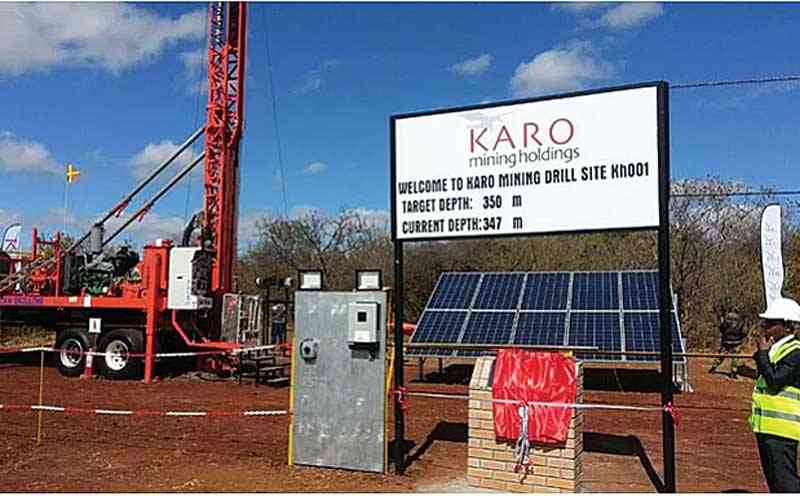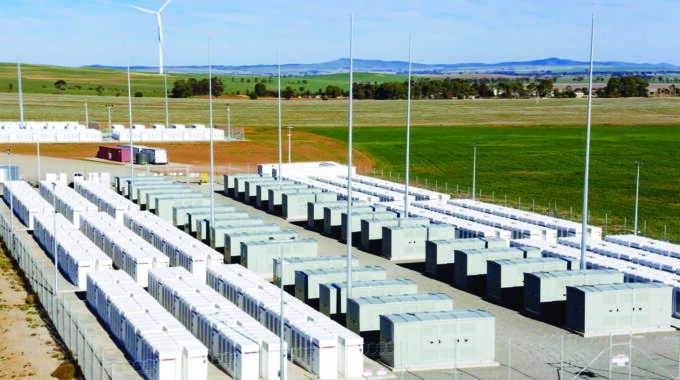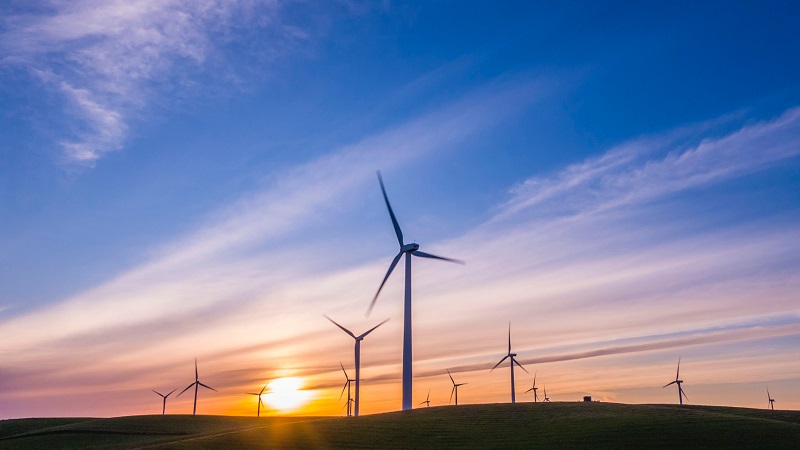Govt plans to produce 100 MW from wind
Government is mobilising additional funds to undertake an assessment on possible sites for wind farms after initial bids for the project markedly exceeded the budget earmarked for the project, according to Energy and Power Development Minister Zhemu Soda.
In 2017, the Zimbabwe Energy Regulatory Authority (ZERA) invited bids from interested contractors to carry out a feasibility study on potential sites where wind power stations could be established.
But the project was put on hold in 2018 as prices quoted by bidders far exceeded the budget.
The exercise was meant to create an accurate knowledge base of the wind resource available in Zimbabwe through measurement and analysis to help the country plan for renewable energy projects.
The intention was to measure wind speed and direction at these sites and remotely collect data for 24 months at a hub height of 100 meters.
The data and information generated was expected to be used in designing large-scale wind power projects, off-grid or mini-grid electric plants, use for water pumping and climate research.
Minister Soda said Government intends to generate 100 MW from wind by 2025.
“There were issues of inadequate funds from the previous budget and we are now looking for additional funds to carry out a viable feasibility study which investors can bank on,” said Minister Soda in an interview.
“This will help us to meet our target of producing 100 megawatts from wind farms by 2025.”
The areas where ZERA intends to conduct wind resource measurement include the Middle Veld from the south to the north-eastern part of the country.
The zones were identified after taking into consideration access to roads, terrain, proximity to load centres and land use (protected areas and other productive purposes).
The wind assessment programme was driven by a study conducted by the International Renewable Energy Agency in 2015 through the Africa Clean Energy Corridor Programme, which identified solar photovoltaics, concentrating solar power and wind energy zones covering countries in the power pools of Eastern and Southern Africa.
Zimbabwe intends to tap electricity from non-fossil fuels as part of efforts to meet its carbon emissions reduction targets by 2030 and also diversify its energy mix.
The country is a signatory to the Paris climate change accord agreed in 2015, which largely seeks to hold the increase of the global average temperature to below 2 degrees Celsius.
As the world battles the effects of climate change, experts say the potential of wind power in terms of reducing carbon emissions is significant.
Renewable energy is steadily growing in Africa and some countries have already made significant progress in generating electricity as they move towards green energy projects.
Namibia is committed to generate 70 percent of its electricity needs from renewable sources, including all the major alternative sources such as hydropower, wind and solar generation, by 2030, as specified in the National Energy Policy and in Intended Nationally Determined Contributions under Paris Climate Change Accord.
South Africa alone is forecast to add almost 40 percent of Africa’s total predicted new solar capacity by 2030.
Rising demand
Africa’s electricity demand is set to increase significantly as the continent strives to industrialise and improve the wellbeing of its people, which offers an opportunity to power economic development through renewables, according to a recent academic journal by Oxford.
The study suggests that a decisive move towards renewable energy in Africa would require a significant shock to the current system.
This includes large-scale cancellation of fossil fuel plants currently being planned.
In addition, the study identifies ways in which planned renewable energy projects can be designed to improve their success chances – for example, smaller size, fitting ownership structure and availability of development finance.
“The development community and African decision-makers need to act quickly if the continent wants to avoid being locked into a carbon-intense energy future,” says Philipp Trotter, study author and researcher at the Smith School.
“Immediate re-directions of development finance from fossil fuels to renewables are an important lever to increase experience with solar and wind energy projects across the continent in the short term, creating critical learning curve effects.”-sundaymail











